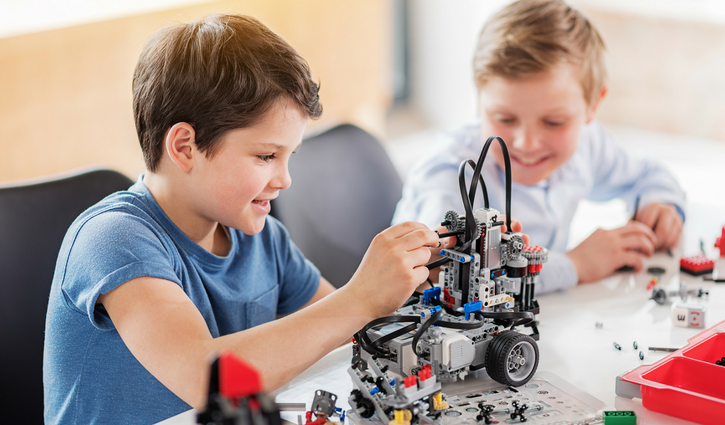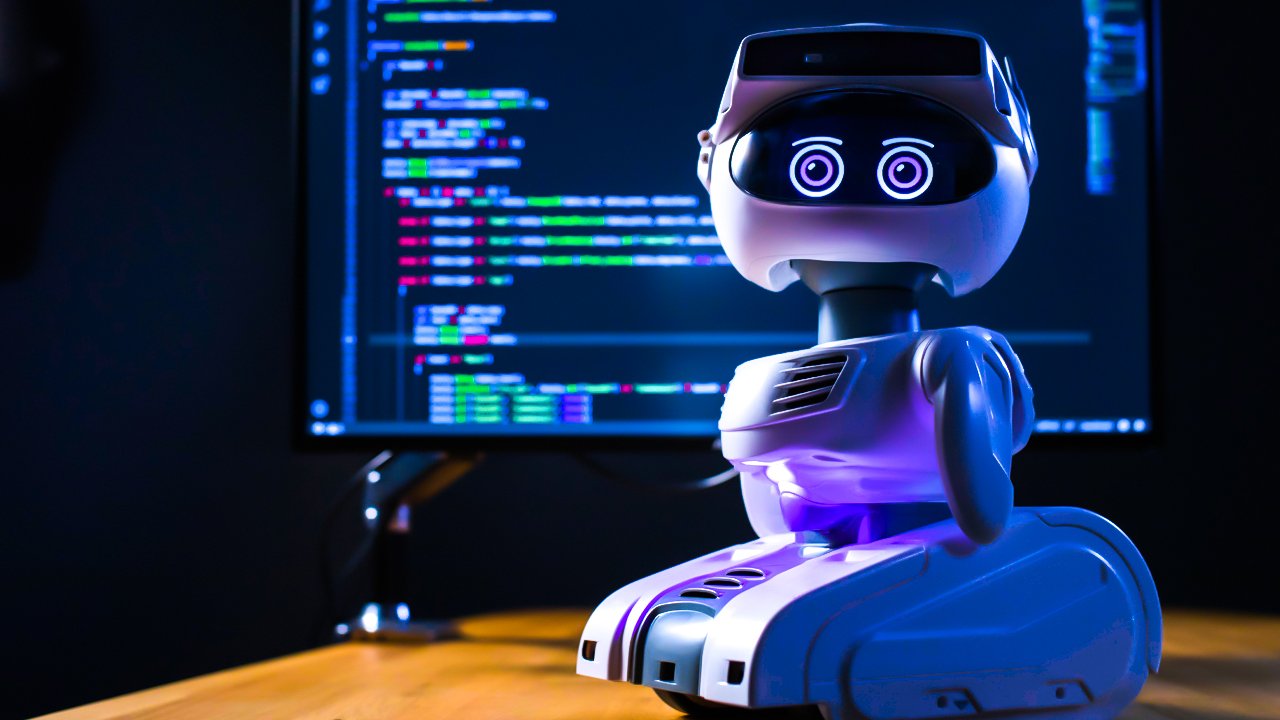
What is Robotics?
A robot is a machine that does tasks without the help of a person. Many people think of robots as machines that look and act like people. Most robots, though, do not look like people. And robots do only what a person has built them to do.
Robotics for kids is a hands-on and fun way for kids to learn STEM concepts by letting them make their own robots. Robotics is a branch of technology that deals with the making, programming, and designing of robots.To us parents, the definition sounds too complicated and technical. Most of us can’t really say that we have encountered this branch of science in our daily lives. We thought robotics is something that only engineers can do.Despite this, we still need to refocus ourselves and remember one important point. We shouldn’t deprive the generations after ours from understanding and experiencing this technology.

What Kids Can Learn from Robots
As STEM education has grown in attention, so has the use of robots for teaching young kids about engineering, coding, and programming. However, in addition to STEM literacy, studies show that robotics can encourage other broader skills like hands-on creativity, problem solving, communication, and teamwork. So teaching robotics isn’t just about setting up your kid to have a career as a computer programmer or engineer, but equipping them with all the tech and problem-solving skills they’ll need for education and work in the 21st century.
While you may think of robotics as only for middle and high schoolers, research has shown that when robotics is introduced in pre-k to second grade, children are better able to master basic robotics and programming skills.

Some ways in which robotics can benefit your child are:-
Develop interest in STEM subjects
Robotics is more about ‘doing’ than just ‘learning’ the theory, thereby making it an easier way to engage children. This, in turn, helps them to develop an interest in STEM, as they learn different aspects of these subjects through practical knowledge. In fact, concepts learned in robotics can even be applied to subjects like economics and statistics.
Collaboration
A robotics workshop teaches collaboration as kids work alongside their peers, regardless of every race, gender and background, as they are joined by a common interest in technology and their project work. Students collaborate with fellow students and share what they learn with their teachers and parents.
Develop creativity and get hands-on training
In robotics, children see the result of their learning more directly, compared to other subjects. They get to apply basic scientific concepts. They use basic math to calculate the speed of objects, they use basic technology to pick up the right components, and they use basic engineering to put together all the components. They get to see a real-time moving structure that they have built with all the knowledge they have garnered.
Programming Skills
A robotics education can pave the way if the child is interested in taking up computer science or related fields in the future. As building robots involves coding and programming that are relevant to computer science. Not to mention that there are some exciting options when it comes to careers in robotics.
Ignite curiosity and make learning fun
Children may sometimes get bored listening to long lectures on scientific theory. But not when they are applying their scientific knowledge to build a robot or an AI application. Robotics ignites the fun part of their brain.
Exposure to robotics is bound to expand your child’s imagination and his access to opportunities. He will reap the benefits of his knowledge, considering that there are so many applications of robotics.
